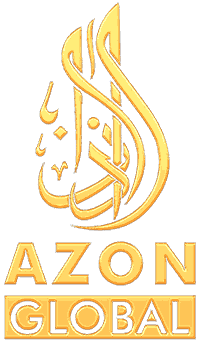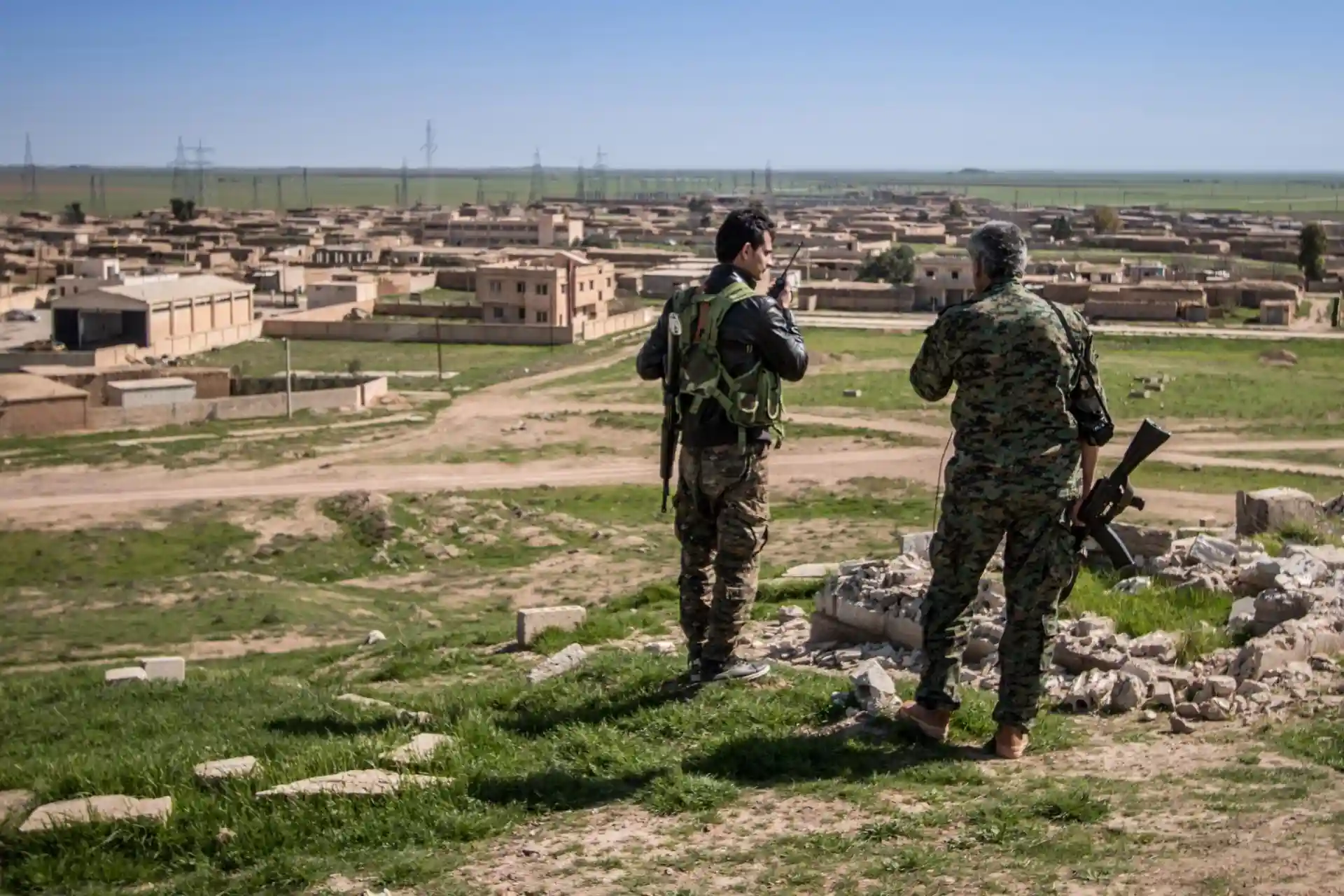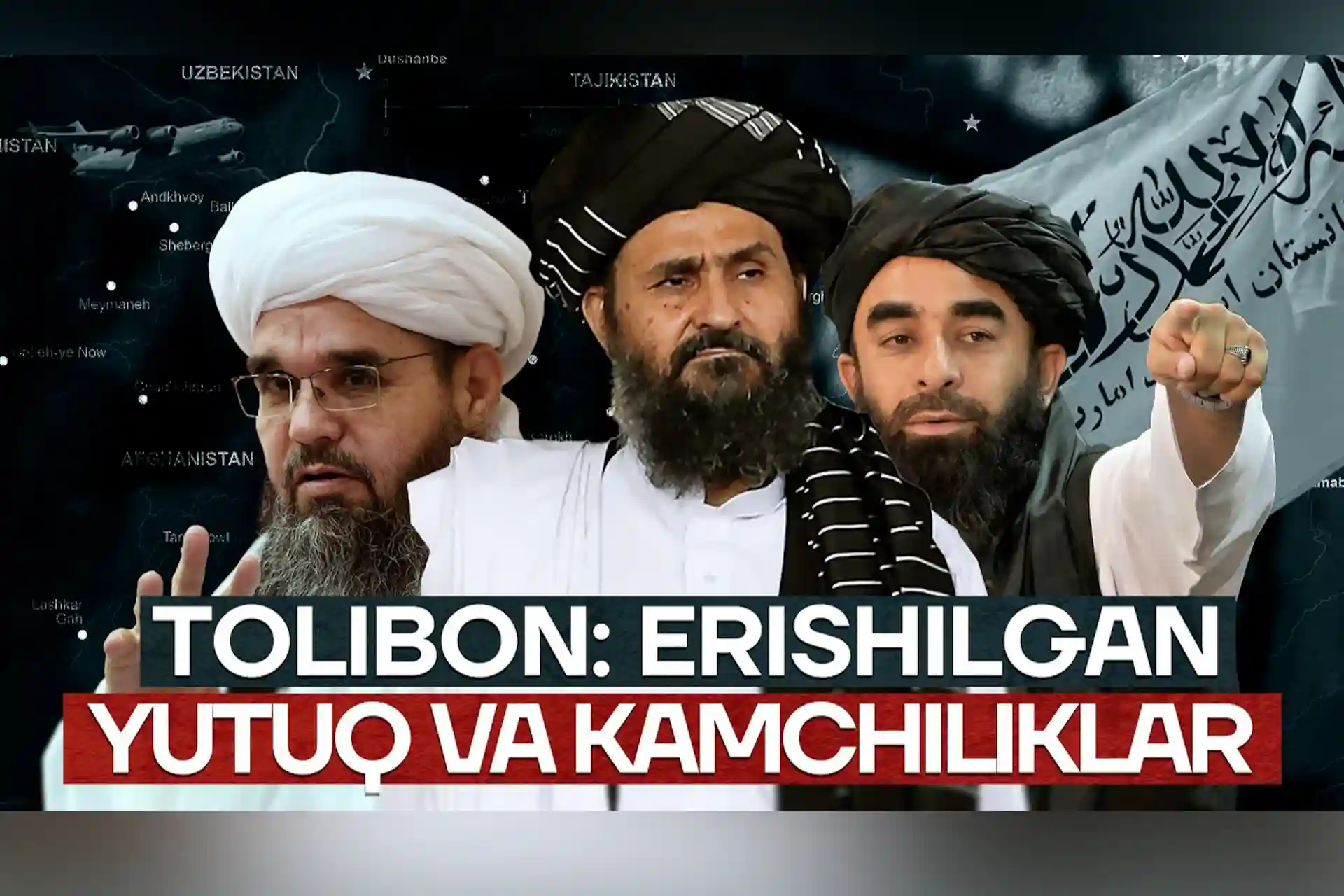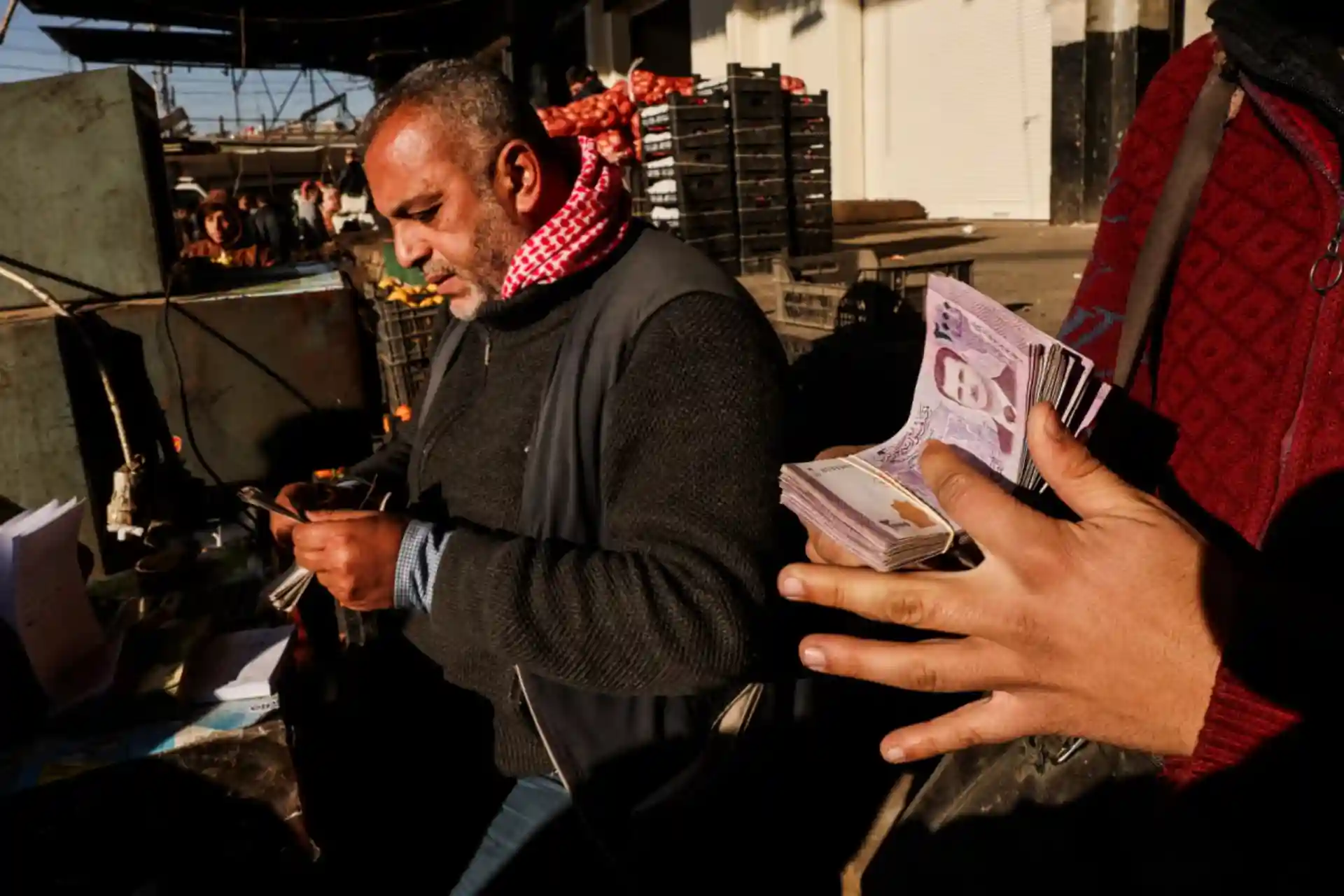Will Syria become the New Afghanistan?
The fall of Bashar al-Assad's regime is reminiscent of the sudden and rapid collapse of the Taliban and the Afghan government of Ashraf Ghani. Just as the Taliban took Kabul within a week, HTS has made rapid territorial gains. These events are reminiscent of the overthrow of Najibullah's regime by mujahideen groups in Afghanistan in the 1990s.
The recent events in Syria have captured the world’s attention, somewhat dampening international attention on the crises in Ukraine and Gaza. The situation in Syria has provided scholars and policymakers with a comparison to Afghanistan in 2021. While Syria and Afghanistan have their own geopolitical and socio-cultural characteristics, understanding their similarities requires a critical analysis of their ideological foundations, external interventions, governance structures, sectarian divisions, geopolitical orientations, socio-political differences, political institutions, regional relations, legitimacy (domestic and international), and resource potential.
The historical background and origins of the current crisis
The current situation in Syria is being compared to Afghanistan’s recent past. This analysis is not intended to assess the results in Afghanistan, but rather to examine the similarities and differences between a developing Syria and an Afghanistan after 2021. The roots of the Syrian crisis date back to the 1980s . In 1982, the Hafez al-Assad regime executed between 10,000 and 40,000 Sunni civilians in Hama, the first documented use of chemical weapons in the region, according to human rights organizations. A second wave of instability began in 2011, during the Arab Spring, when the brutal killing of Sunni teenagers for graffiti against the regime sparked widespread uprisings. In response, the Assad regime committed mass killings , imprisoned thousands, and displaced millions . The recent rise of Hay'at Tahrir al-Sham (HTS) in Syria and the collapse of Bashar al-Assad's regime are reminiscent of the sudden and rapid collapse of the Taliban regime and the Afghan government of Ashraf Ghani. Just as the Taliban took Kabul in a week, HTS has made rapid territorial gains. These events are reminiscent of the overthrow of Najibullah's regime by mujahideen groups in Afghanistan in the 1990s . HTS shares ideological ties with these mujahideen groups, and Assad's Ba'athist regime resembles Afghanistan's former communist administration. While both HTS and the Taliban declared general amnesty after taking power, the new Syrian government has yet to fulfill these promises.
Ideological foundations: Deobandi and Salafi/Ikhwan traditions
The Taliban and HTS have ideological foundations in different Islamic traditions. The Taliban's ideology is based on the Deobandi school, which represents a conservative, traditional interpretation of Islam. In contrast, HTS has no historical or religious ties to the Muslim Brotherhood. The Brotherhood itself has never fought in Syria, with the exception of a single battalion that later broke away from the group. HTS has since moved from its al-Qaeda roots to a relatively moderate position. In fact, local and exiled Brotherhood leaders are increasingly unhappy with HTS leader Ahmed al-Shar , who they say has deliberately sidelined the organization due to its global influence and expertise. While the Syrian prime minister has been somewhat sympathetic to the movement, its origins are largely Salafi. HTS traces its roots to al-Qaeda, which first emerged in Afghanistan during the war against the Soviet Union and focused on the invasion of Iraq after 2003. In contrast, the Taliban leadership was originally mujahideen, or members of various jihadist groups that fought against Soviet forces. The term "Taliban" means "students" and refers to their roots in the Deobandi madrasas. While these Taliban fighters participated in the conflict against Soviet and later NATO forces, divisions emerged in the 1990s following the mujahideen's victory over the rule of law, chaos, and, most importantly, the interests of foreign interventionists.
Governance failures and the role of corruption
Both Assad and Ghani led administrations steeped in corruption, deeply embedded in their political, administrative, and economic systems. This corruption eroded public trust and failed to legitimize their rule, allowing the consolidation of power by HTS in Syria (2024) and the Taliban in Afghanistan (2021).
Sectarian and ethnic aspects
Both Afghanistan and Syria have significant Shia populations, but their political orientations differ. Afghanistan has historically been ruled by Sunni Muslims of the Hanafi school of thought, while Syria has been ruled by the Alawite Assad family, who adhere to Shia Islam but maintain a secular, leftist orientation. The recent rule of Sunni Hanafi Muslims in Syria is reminiscent of Sunni rule in Afghanistan, although the stability of this new political order remains uncertain. Although . In terms of ethnic composition, Syria is mainly composed of Arabs, Turks, and Kurds, and these groups are concentrated in different regions. Afghanistan, on the other hand, has a more complex ethnic structure, where Pashtuns, Tajiks, Hazaras, and Uzbeks live intermingled .
Political institutions and legitimacy
Neither Syria nor Afghanistan currently have effective political party systems. The HTS leadership has announced that elections in Syria may not be held for at least four years , while the Taliban regime has banned all political parties in Afghanistan. Syria’s new government has partially restored domestic legitimacy, but if it fails to hold promised elections, it risks losing this fragile support. On the international stage, Syria is trying to regain its prestige after years of isolation. Afghanistan, meanwhile, is struggling with both domestic and international legitimacy. While there has been no popular uprising against the current government , problems such as the closure of girls’ schools, the ban on political parties, the absence of a constitution, and the absence of a comprehensive council (e.g., the exclusion of non-Taliban figures) have led the Taliban government to a legitimacy crisis. As a result, it is also facing difficulties in gaining international recognition.
Flag , geopolitical orientations, and regional relations
The flags adopted by HTS and the Taliban reflect their ideological and political views. Both use a white flag with the Islamic creed written in Arabic, but HTS also uses another flag of the Syrian opposition movement to emphasize national unity, which distinguishes its approach from that of the Taliban. In contrast, Syria under HTS has grown closer to its Western allies, especially Turkey, but these relations remain uncertain due to hesitations over official recognition. In both cases, the role of neighboring states – Syria’s relations with Turkey, the Gulf states, Jordan, and Israel, as well as the Taliban’s relations with Russia, China, Iran, Uzbekistan, and Pakistan – is complex. Turkey, the Gulf states, and Jordan have established positive relations with the new Syrian leadership, sending delegations and promising economic support for reconstruction. However, despite bombing Syria and occupying parts of the country, Israel's position remains unclear.
Resources
Both Syria and Afghanistan have rich natural and human resources. Afghanistan has vast mineral and water resources, while Syria's resources include oil and a rich cultural heritage. Both countries have a predominantly young population, which makes them more vulnerable to exploitation by outside forces .
Potential threats
In northern Syria, the US-backed Kurds, Assad's remnants, and Iranian-backed Shiite groups pose potential threats to HTS. Of these, the Kurds are considered the greatest threat to the new Syrian regime. It is also worth noting that Turkey, which supports HTS, has warned the Kurds to disarm or face military strikes.
On the contrary, it opposes the PKK-PYD separatist organization, which claims to protect the Kurds in Syria and threatens Turkey.
The current government in Afghanistan faces no serious threats. The former government's leaders and forces have lost both domestic and international support due to two decades of corruption, leaving the country to its own devices. The Fatimid Brigade, which fled from Syria, may pose a very small threat to the Taliban administration, but it is unlikely to have a significant impact on its stability.
Conclusion
Both Syria and Afghanistan have been exhausted by decades of conflict . They have borne the brunt of hundreds of thousands of refugees, shattered economies, and societies torn apart by mass killings. Long-term peace and prosperity require comprehensive reforms and international support. In Afghanistan, young non-Taliban leaders who remain in the country after 2021, as well as elders who have not been involved in governance for the past two decades but who enjoy popular support, can provide the impetus for much-needed reforms.
Every country and its people have the right to follow their own religious and cultural traditions; not all nations are necessarily the same in every way.
Although Afghanistan and Syria are historically, ideologically, socially, and politically different, they share many similarities in the challenges they face, including fragile economies, legitimacy, and immigration crises. Both regimes are struggling to establish national unity and gain international recognition under new leadership. In addition, issues such as political reform and economic development are important for ensuring a sustainable future for both countries.



